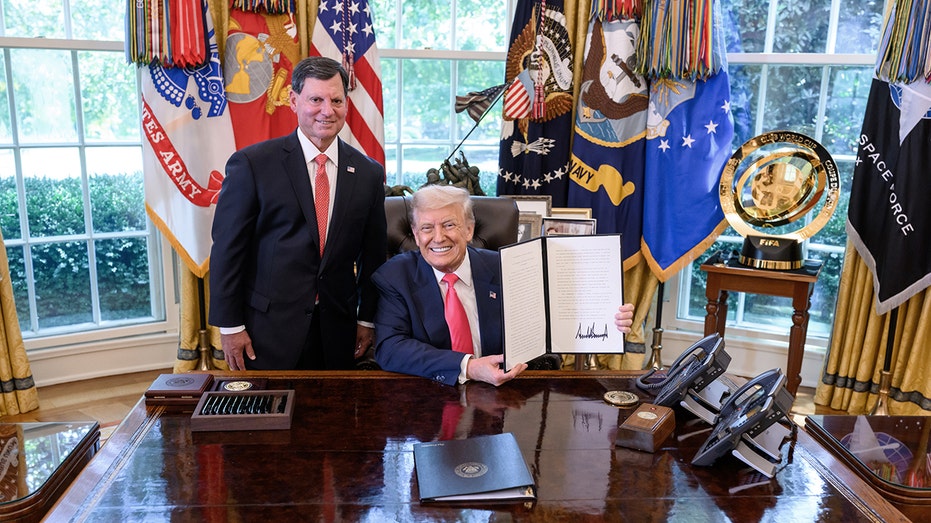The White House press briefing room crackled with tension Thursday as the Press Secretary forcefully confronted a reporter over a provocative line of questioning. The exchange centered on a claim that the President’s recent statements amounted to a call for violence against members of Congress.
The reporter directly asked if the President desired the “execution” of lawmakers who had urged military personnel to potentially defy presidential orders. This accusation stemmed from the President’s strong condemnation of what he termed “SEDITIOUS BEHAVIOR FROM TRAITORS.”
The controversy ignited after six Democratic lawmakers released a video message aimed at active-duty military and intelligence officials. In the message, they asserted a “duty” to disregard any orders from the President they deemed “illegal.”

The President swiftly responded with a statement on his social media platform, sharply criticizing the lawmakers’ actions. He went further, suggesting their conduct could be classified as “SEDITIOUS BEHAVIOR, punishable by DEATH!” – a statement that fueled the ensuing firestorm.
The core of the dispute lies in the interpretation of presidential authority versus the perceived obligation to uphold the law, even when facing orders from the Commander-in-Chief. This clash raises fundamental questions about the boundaries of power and the responsibilities of both elected officials and those in uniform.
The situation has escalated beyond a simple political disagreement, venturing into dangerous territory with accusations of inciting violence and treason. The rhetoric employed by both sides underscores the deep divisions and heightened stakes within the current political landscape.




